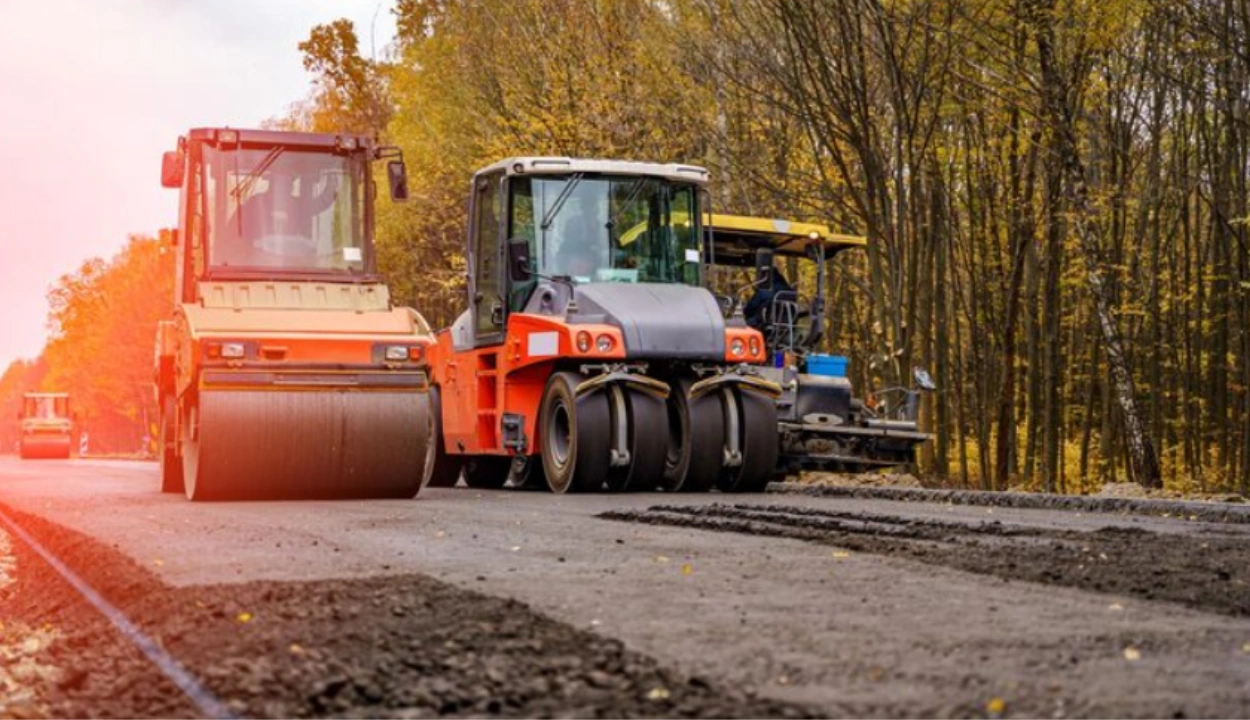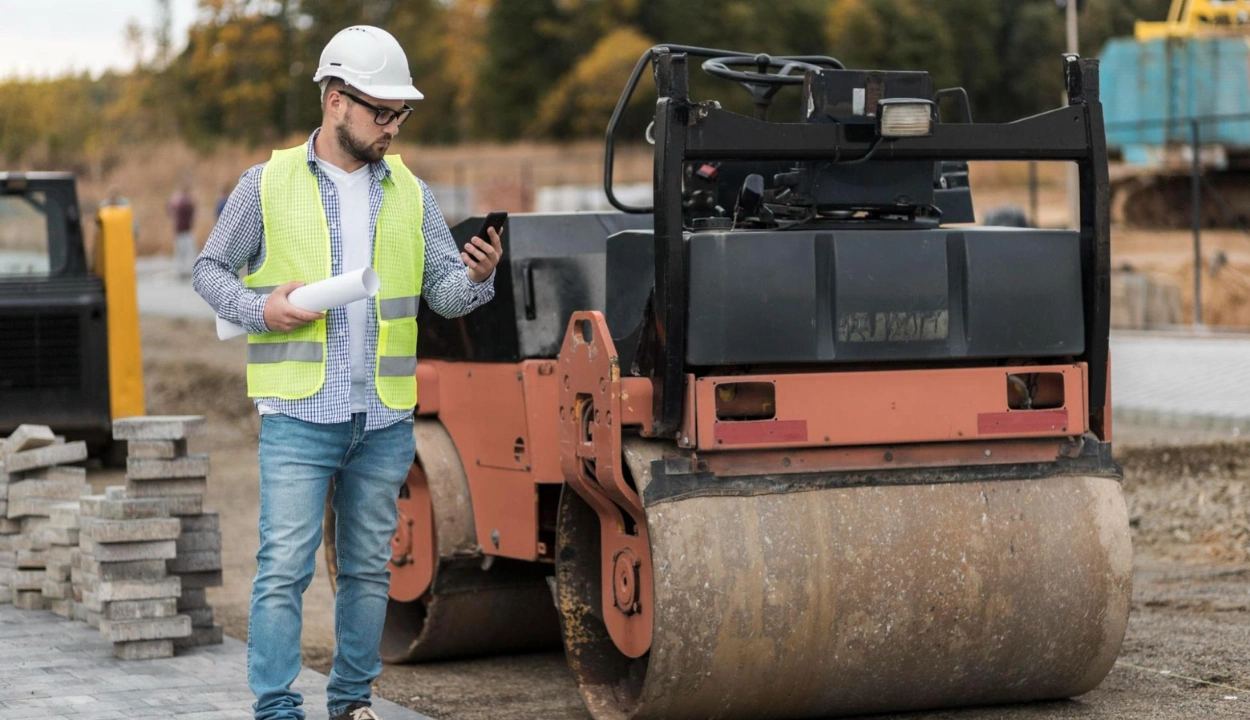Custom vs. Standard Reports: Which is Better for Construction Equipment Management?
For construction equipment management, the role of reporting is crucial, sparking a debate between custom and standard reports.
Each type of report, similar to a blueprint for efficiency, presents its own advantages and disadvantages.
Though both are effective, which is better for tracking equipment?
Let's explore this debate to determine the best reporting style for construction sites.
What is Construction Management Reporting: Why it Matters So Much
Construction equipment management reporting involves creating detailed documents that track the usage, condition, and maintenance of equipment and machinery at the construction site.
This type of reporting is important because it keeps equipment running well, minimizes breakdowns, and avoids expensive delays.
Doing so, project managers can schedule timely maintenance, forecast equipment needs, and manage costs effectively.
Clear and accurate equipment reports help in making informed decisions, improve safety, and maximize the lifecycle of the machinery, which is the basis for the smooth progress of construction projects.
What are Custom Reports?

Custom reports are personalized reports created to fit a company's specific needs.
This can be beneficial for various purposes, including checking personal performance, presenting statistics to leaders, or archiving results for future reference.
Benefits of Custom Reports
- Custom reports are personalized reports created to fit a company's specific needs. This can be beneficial for various purposes, including checking personal performance, presenting statistics to leaders, or archiving results for future reference.
- With custom reporting, you can design reports that offer either a big-picture view of your organization or detailed information about individual contacts.
- Custom reporting enables companies to generate reports that precisely meet their requirements, providing them with useful and user-friendly information. By focusing on the most critical numbers for their projects, teams can make better decisions and allocate their time and money wisely.
- Custom reporting streamlines data analysis by eliminating irrelevant information and highlighting the most important metrics, saving time and effort.
- Custom reports ensure that everyone in the organization is aligned regarding goals and performance metrics and enables them to track progress over time.
Pitfalls of Custom Reports
- Custom reports can become overly complex, making it challenging for users to effectively convey the data, especially if they lack proper training.
- Creating custom reports requires a significant amount of time and effort. You need people who know how to work with data and create reports, but sometimes, experts aren't available within the organization.
- Custom reports lack standardization, which can cause problems. This can lead to inconsistencies in data presentation and analysis.
- As the business evolves, custom reports might need frequent updates. This can complicate matters and increase expenses to maintain their functionality.
What are Standard Reports?
Standard reports serve as the backbone of construction equipment management, offering a structured approach to monitoring and analyzing equipment needs.
These reports use a fixed format and, in their simplest form, can be customized accordingly to meet the changing requirements in the construction field.
Benefits of Standard Reports
- When things aren't working as expected, standard reports can help you identify the root causes of issues, allowing for targeted solutions and better problem-solving.
- These reports are designed to meet your specific needs, focusing on the metrics and KPIs that matter most to your business decisions.
- With more detailed and relevant data, you can make better-informed decisions, preparing your strategies using solid evidence rather than assumptions.
- These reports can highlight the latest trends and patterns in the construction industry, giving you a clearer picture of your business performance over time.
- Standard reports can be adjusted as your needs change to ensure that you always have the most relevant and up-to-date information.
- Having access to detailed information can give you a competitive edge, enabling you to stay ahead in the industry and respond quickly to market changes.
Pitfalls of Standard Reports
- Without customizable metrics or benchmarks, it can be challenging to accurately compare performance across different projects or equipment types.
- Standard reports may not easily adapt to changes in project scope, equipment usage patterns, or management requirements, rendering the information they provide potentially less useful.
- They may provide only basic information and fail to offer comprehensive insights into how the equipment is being used, maintained, or how well it's functioning.
Case Studies: Custom vs. Standard Reports
Success with Standard Reports
A construction company faced challenges in tracking their project’s progress efficiently.
Their existing methods were time-consuming and failed to provide accurate updates, leading to delays in decision-making and increased project costs.
They began utilizing a standard report generated from construction equipment management software, which included project progress monitoring, milestones achieved, and any deviations in expenditure from the planned budget.
These reports enabled project managers to swiftly assess the status of each project and pinpoint areas requiring attention.
Utilizing these standardized reports significantly simplified project tracking and decision-making processes.
Managers could promptly identify issues, optimize resource allocation, and effectively communicate progress to stakeholders. Consequently, the company witnessed reduced project delays and improved profitability.
Success with Custom Reports
An equipment rental company wanted to ensure they were effectively utilizing their construction equipment.
They needed insights into equipment usage patterns, maintenance schedules, and rental demand to make informed business decisions.
For this purpose, they developed custom reports according to their specific needs using data from their rental management system.
These reports provided detailed analytics on how often each piece of equipment was being used, rental revenue by equipment type, maintenance costs, and customer rental patterns.
Using custom reports, the company gained valuable insights into their business operations.
They could figure out which equipment wasn't being used much, adjust the prices for renting based on demand trends, and monitor maintenance schedules to minimize downtime.
This led to improved fleet efficiency while also increasing rental revenue.
Conclusion
When it comes to managing construction equipment, the type of reports you use can really make a difference.
Standard reports give basic information, but custom reports made for your specific needs dig deeper into how your equipment is used and maintained.
That's where Clue comes in.
It's got all the features you need for keeping track of your gear, from maintenance schedules to detailed activity logs.
With Clue, you can determine exactly what you need to know to run your projects better, whether it's early problem detection or monitoring project budget.
Also, it's easy to use and share with your team, so everyone stays on the same page.
With Clue, you can keep your projects running smoothly and maximize cost savings along the way.
FAQs
Why is construction management reporting important?
Construction management reporting means keeping detailed records to track how construction equipment is used, its condition, and when it needs maintenance. This is crucial because it helps keep the equipment working well, prevents breakdowns, and prevents project delays.
What are the advantages of custom reports in construction equipment management?
Custom reports are like personalized reports made just for your company's needs. They perform roles like showcasing personal performance and presenting statistics to leaders. With custom reports, you can focus on the most important aspects, helping you make better decisions and use your resources wisely.
What are the benefits of standard reports in the construction industry?
Standard reports provide a structured approach to monitoring equipment needs. They are easy to use, help identify root causes of issues, and can be adjusted to meet changing requirements. This makes it easier to track trends, make informed decisions, and stay competitive in the industry
How do custom and standard reports help in managing construction equipment successfully?
Both custom and standard reports are essential for managing construction equipment well. Success stories show how using both types of reports can make projects run smoother, cut down on delays, and even increase revenue as a result.
Transform Your Equipment Management













